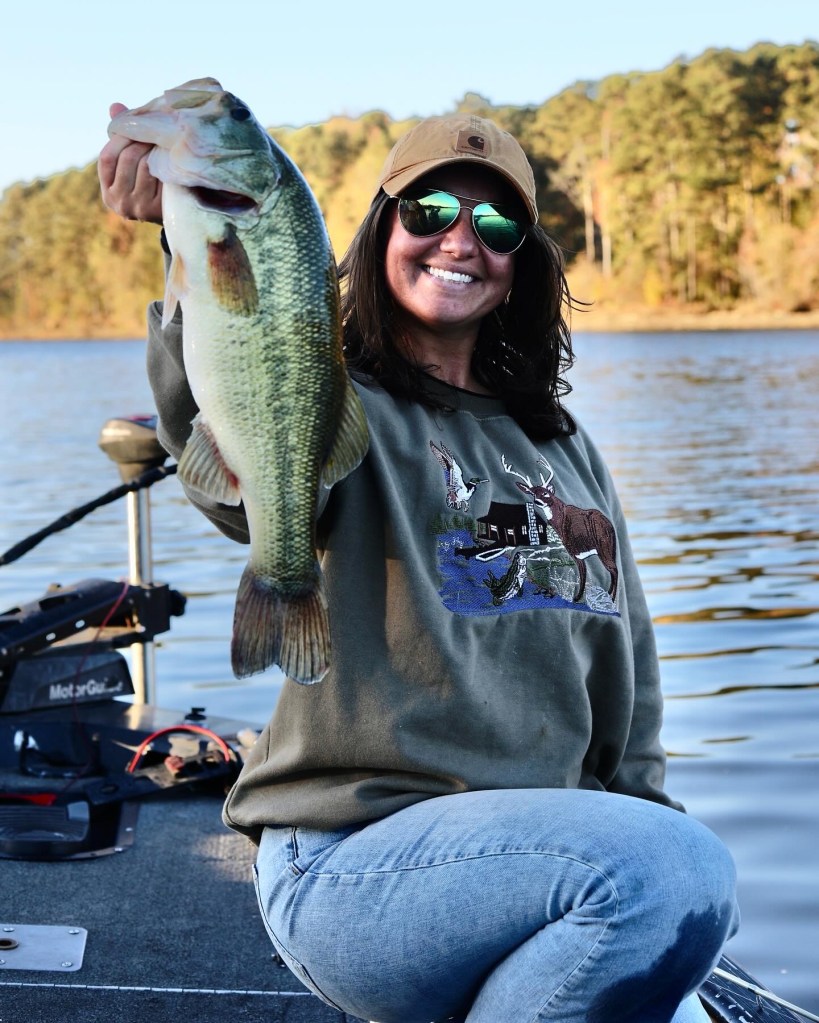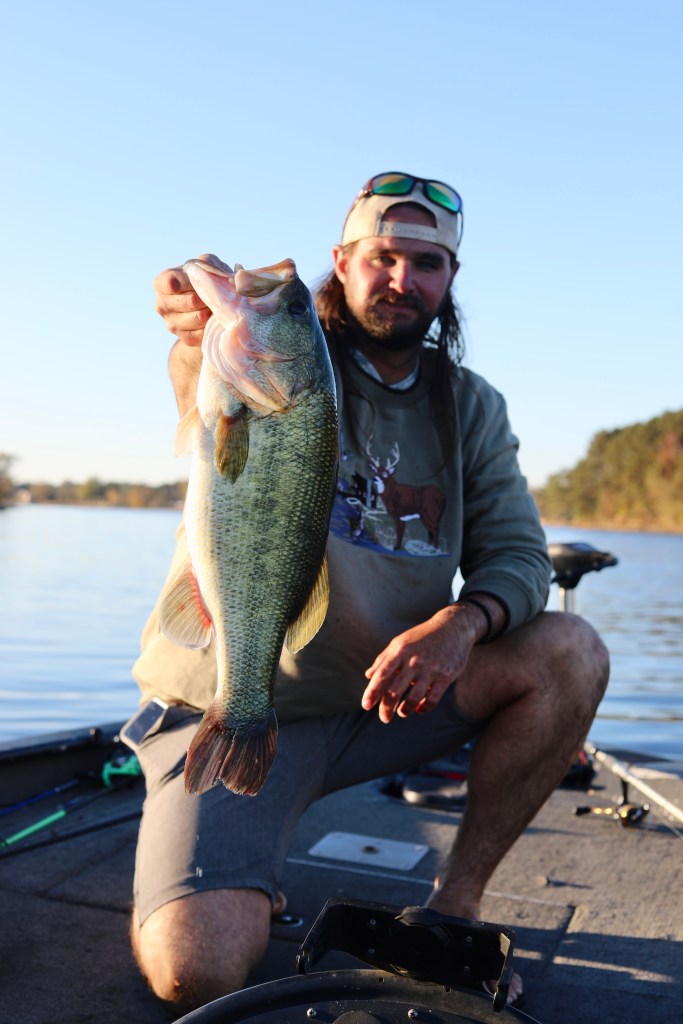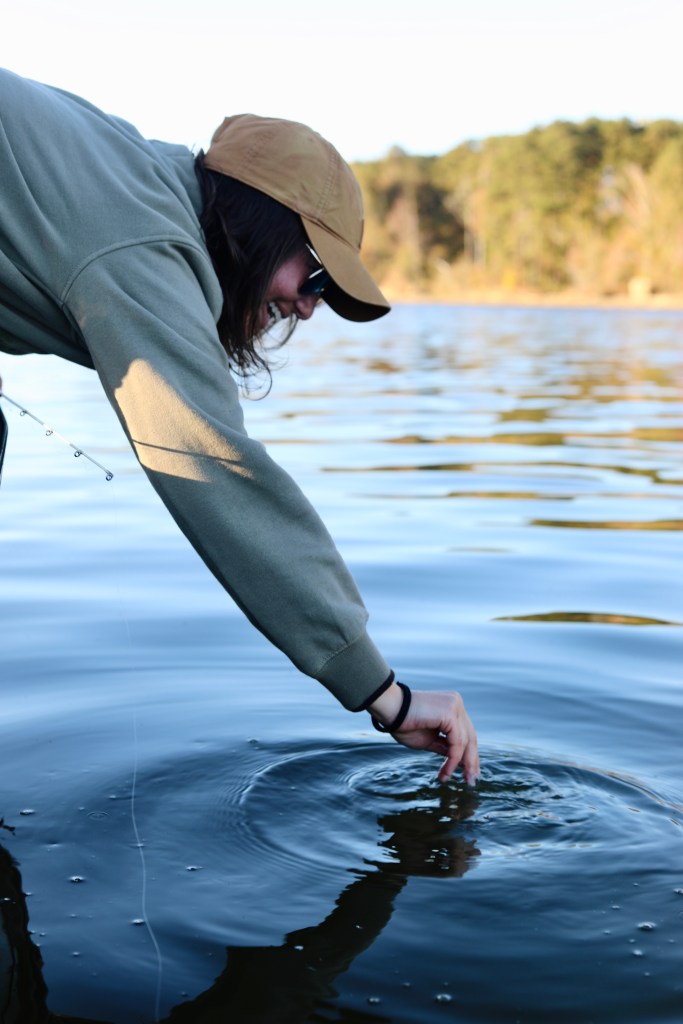
As the temperatures drop and the leaves begin to change, so do the habits of bass. Fall is a prime time to fish, but being successful during this season means preparing for those shifting patterns and conditions.

Understanding Fall Bass Behavior
In the fall, bass become more active, feeding heavily in preparation for the colder months. As the water cools, they move from their deep summer spots toward shallower areas, following schools of baitfish. This transition is key for anglers, and knowing where to find them is half the battle.
Target areas like main lake points, coves, and creeks—places where baitfish tend to gather. Bass will often be close by, ready to strike. Early fall can still see bass holding in deeper waters, but as the season progresses, they’ll head to shallow waters, particularly during sunny afternoons when the water warms up just a bit more.

Adjusting Your Tackle for Fall Fishing
Your tackle setup plays a huge role in your fall fishing success. Since bass are focused on feeding up for winter, they’re chasing smaller baitfish, which means downsizing your lures can lead to more bites. Some of the best fall baits include:
- Crankbaits: These are great for covering water and mimicking the baitfish bass are feeding on.
- Spinnerbaits: These are perfect for targeting bass in shallow, grassy areas, especially as they chase schools of bait.
- Jigs: A jig with a craw trailer can be deadly around rocks and wood, where bass often lurk during this time of year.
- Lipless Crankbaits: These are excellent for working over grass beds and targeting fast-moving bass.
As for your line, fluorocarbon is a solid choice for its sensitivity and low visibility in clear fall waters. Stick with a medium to medium-heavy rod to give you the versatility needed to switch between techniques as the conditions demand.

Best Fall Fishing Locations
Finding the right spot is always crucial, but during fall, it can make or break your day. The key is to find the bait, because where there’s baitfish, there’s bass. Some of the best areas to target in fall include:
- Creeks and Coves: Bass will move into these areas as they follow schools of baitfish to shallower waters.
- Main Lake Points: These points act as migration routes for bass moving from deep to shallow water.
- Vegetation and Structure: Look for submerged vegetation and structures that offer both cover and ambush opportunities for bass.
Using your electronics, like depth finders and forward-facing sonar, can help locate schools of baitfish, which are critical to tracking down active bass.

Time of Day: When to Fish in the Fall
When it comes to fall fishing, timing can be everything. Bass often become more active as the sun warms the water, so focus your efforts on mid-day or early afternoon trips when temperatures have had a chance to rise slightly. This is especially true after a cool night, as the bass will be sluggish until the sun gets higher in the sky.
That said, stay flexible. Local weather conditions can play a huge role—an extended warm spell can keep bass feeding throughout the day, while a cold front might slow them down until things stabilize again.

Prepping Your Boat for Fall
As you gear up for fall fishing, don’t forget to give your boat a little TLC too. Make sure all your equipment is ready for the season:
- Check your batteries: Cooler weather can affect battery life, so double-check everything to avoid any surprises on the water.
- Inspect your electronics: Ensure your fish finders and other gear are functioning properly.
- Safety first: Check life jackets, throw cushions, and any other safety gear to ensure it’s in good condition.

Dressing for Success: Fall Fishing Clothing and Safety Tips
Fall mornings can be cold, and even though the afternoons might warm up, it’s crucial to dress in layers. Start with a moisture-wicking base layer to keep sweat off your skin, followed by a warm insulating layer, and finish with a waterproof jacket in case of rain or wind.
Also, don’t forget that cooler water temperatures mean safety is even more important. Keep a life jacket handy, and be mindful of the shorter daylight hours. Always check the weather forecast before heading out—fall weather can turn on a dime, and a pleasant morning can quickly become a stormy afternoon.

Key Tips for Fall Fishing:
- Bass move shallow in the fall, but adjust your strategy based on their changing behavior.
- Downsizing your lures to match smaller baitfish can improve your catch rate.
- Dress in layers and always be prepared for cooler weather and shorter days.
- Look for bass near baitfish schools, submerged vegetation, and migration routes like main lake points.

Planning for Success: Final Thoughts on Fall Fishing Prep
Preparation is key to making the most of the fall fishing season. Plan your trips with the changing conditions in mind, keep your gear in top shape, and be ready to adapt your strategy based on the weather. Whether you’re targeting bass in shallow coves or following them on their migration routes, the fall season offers some of the best fishing opportunities of the year.
Remember to stay warm, stay safe, and most of all, enjoy the beauty of the outdoors as fall sets in. With the right preparation, you’re in for a productive—and memorable—fall fishing season.
With the right gear, timing, and preparation, you can make the most of fall fishing. Enjoy the cooler weather, the changing scenery, and—most importantly—the bass!




